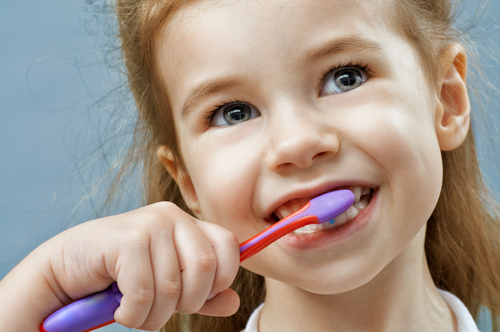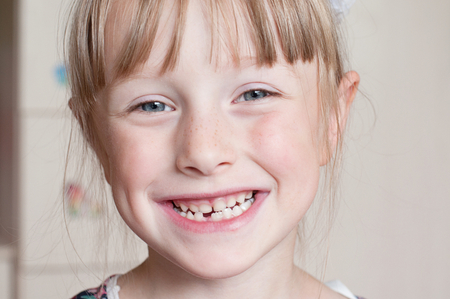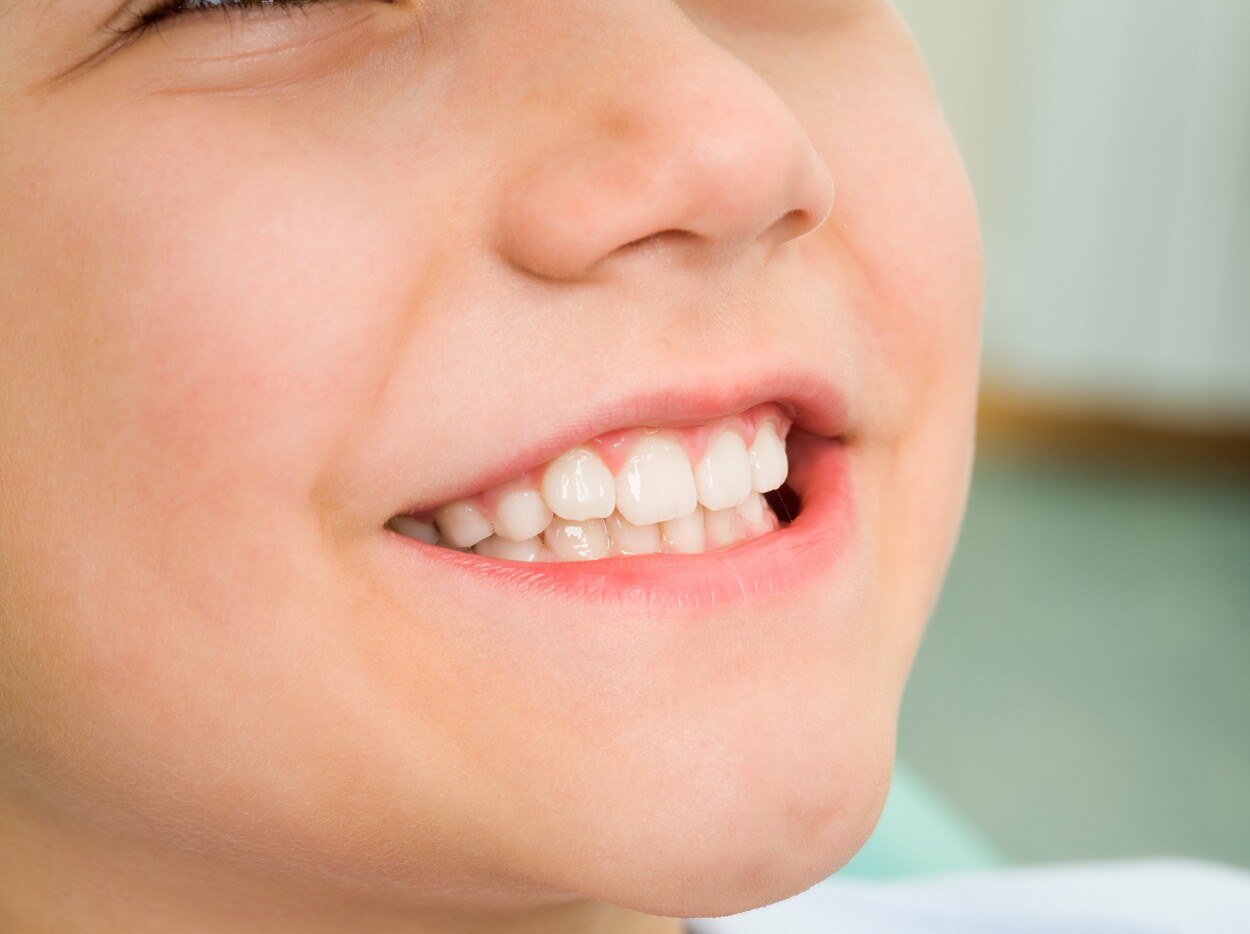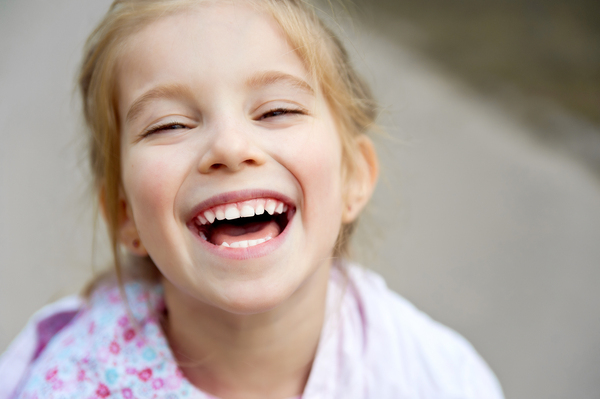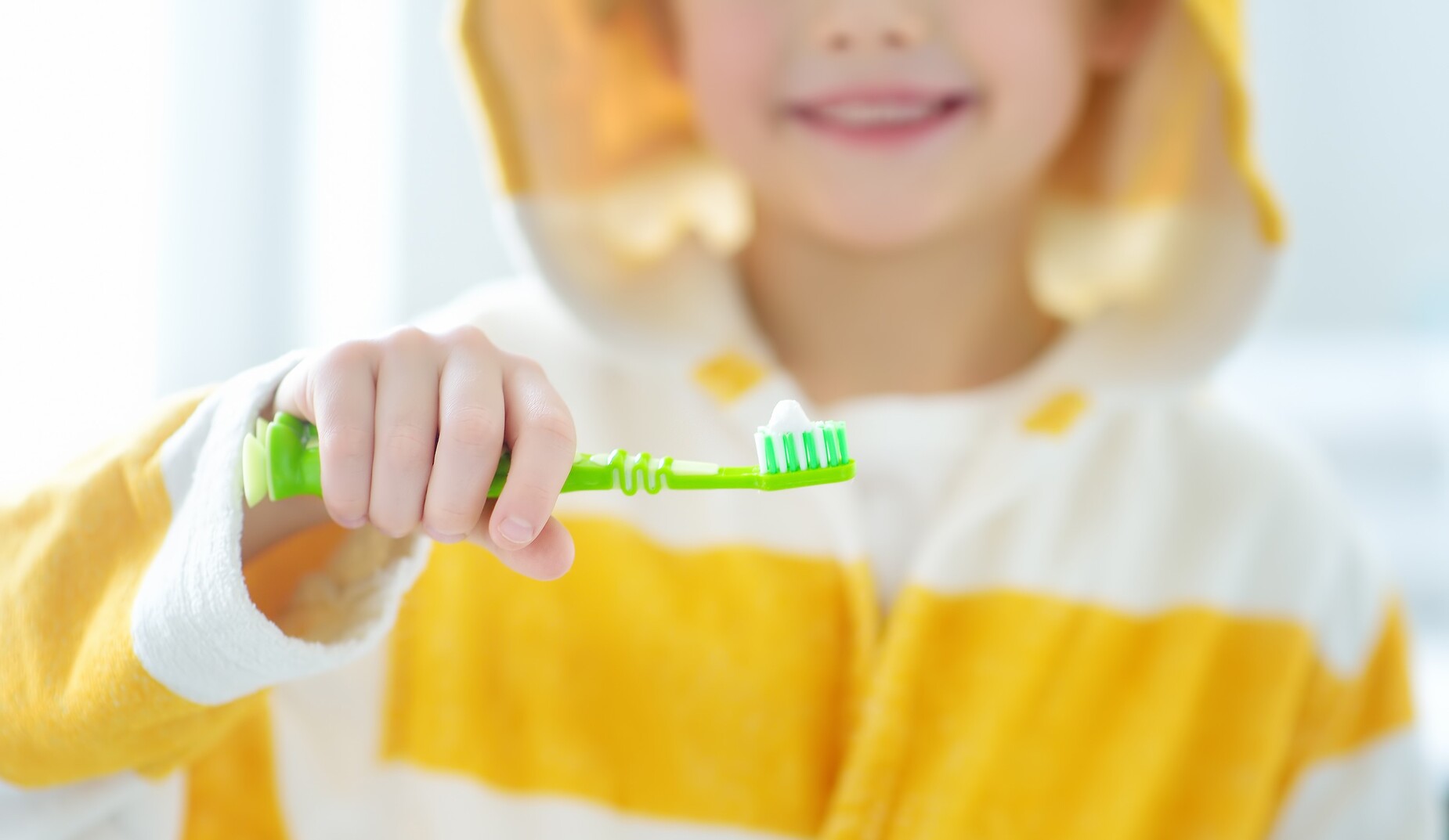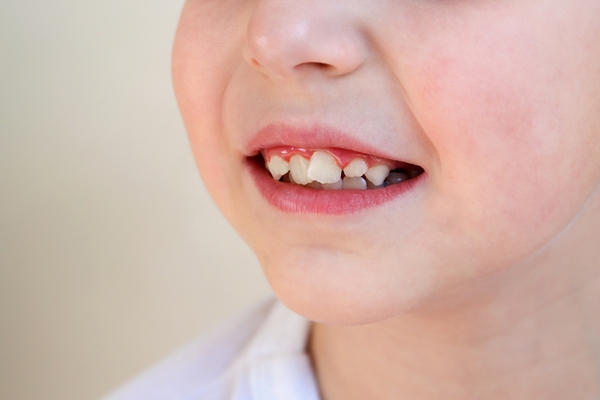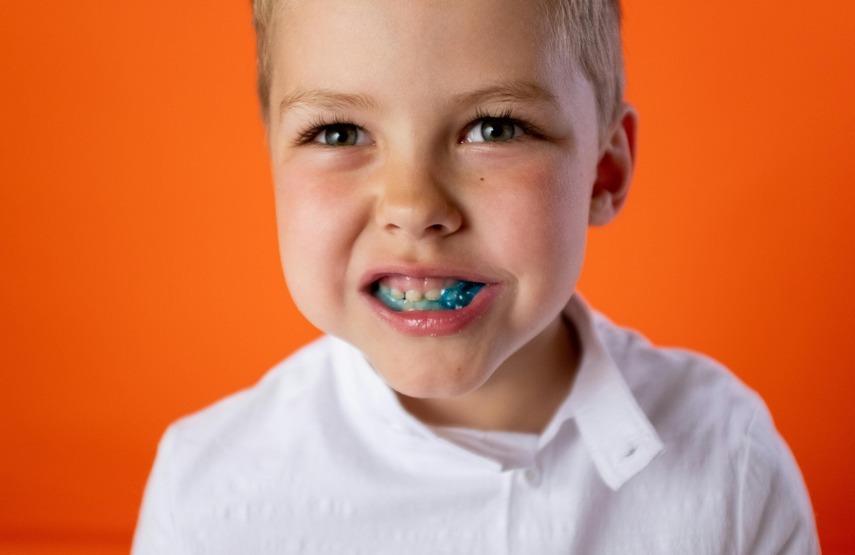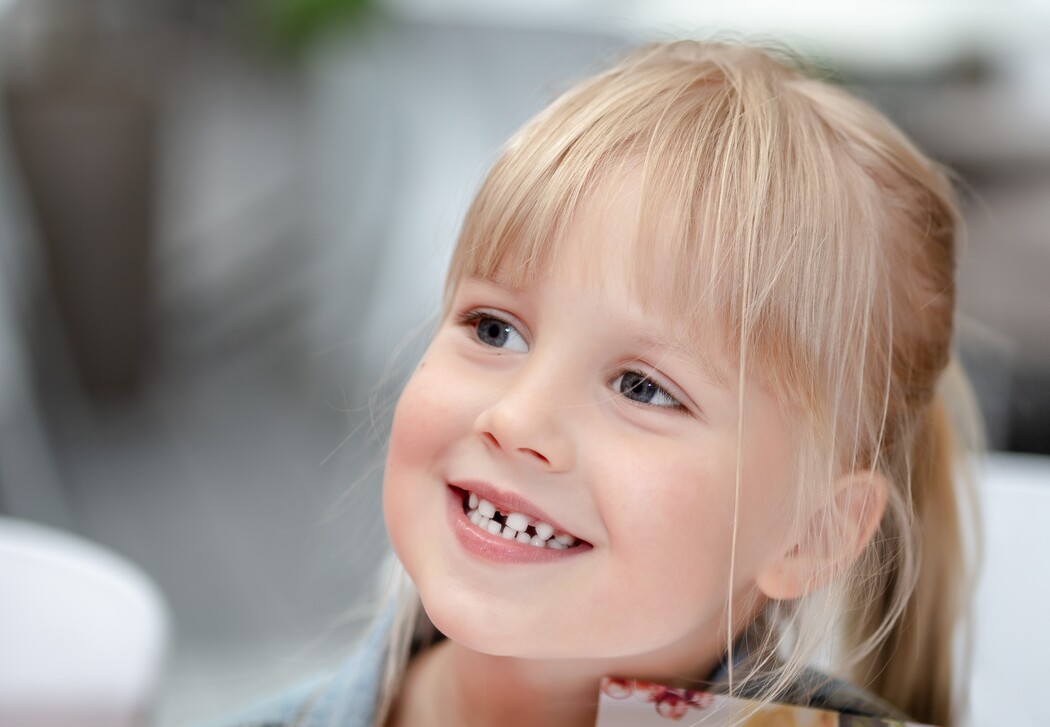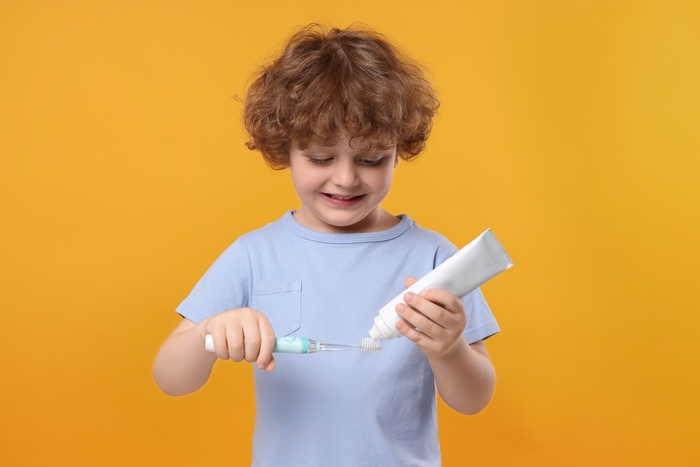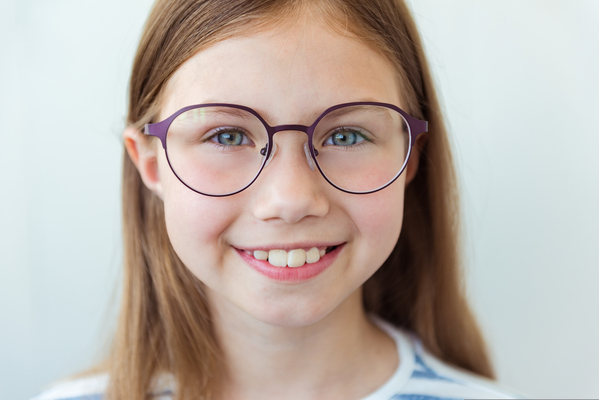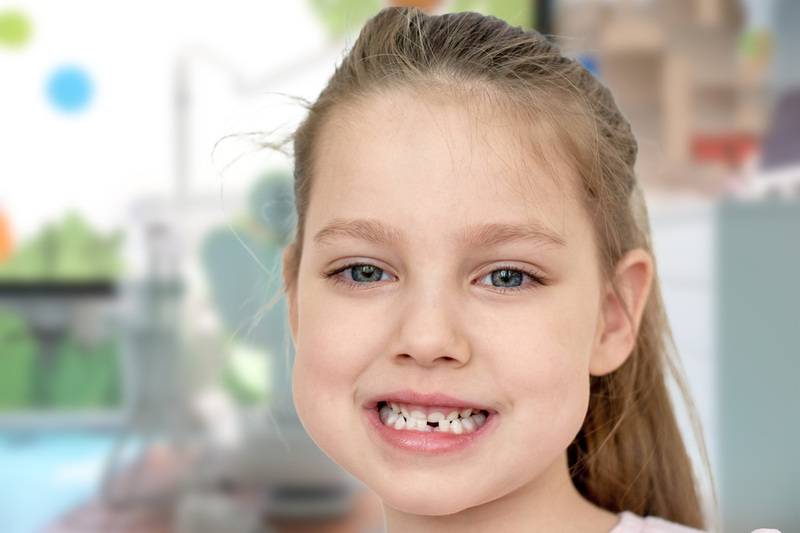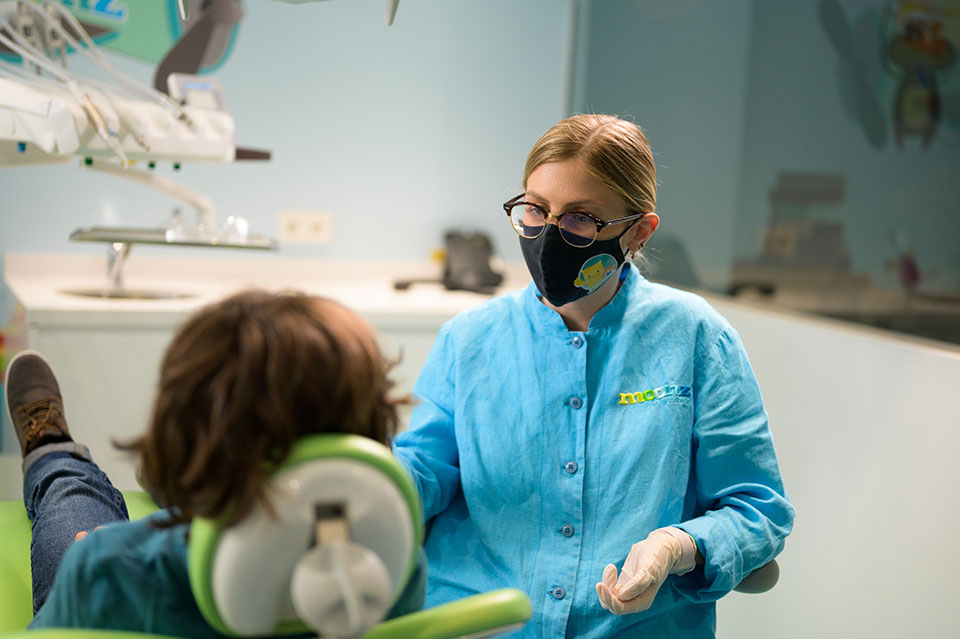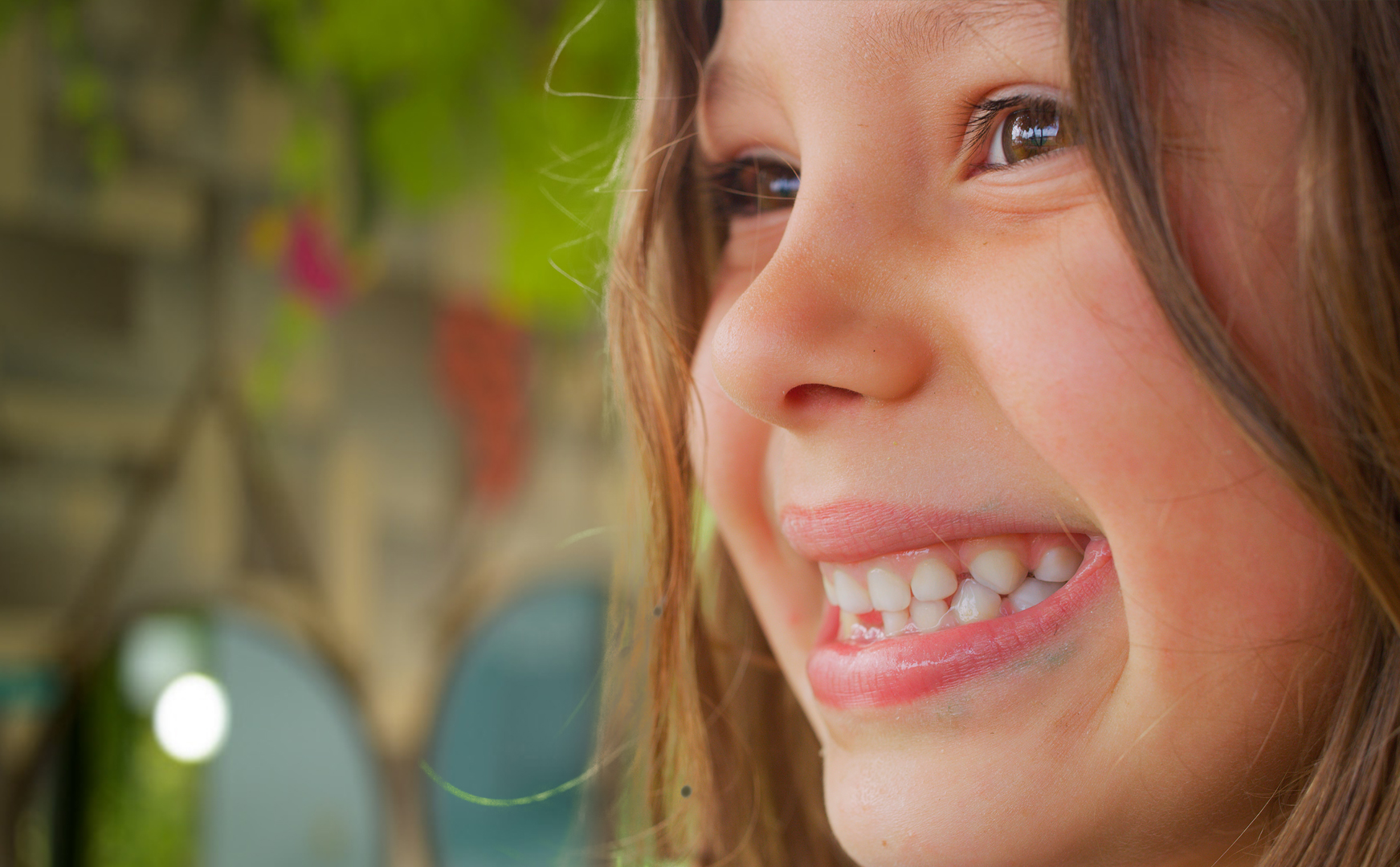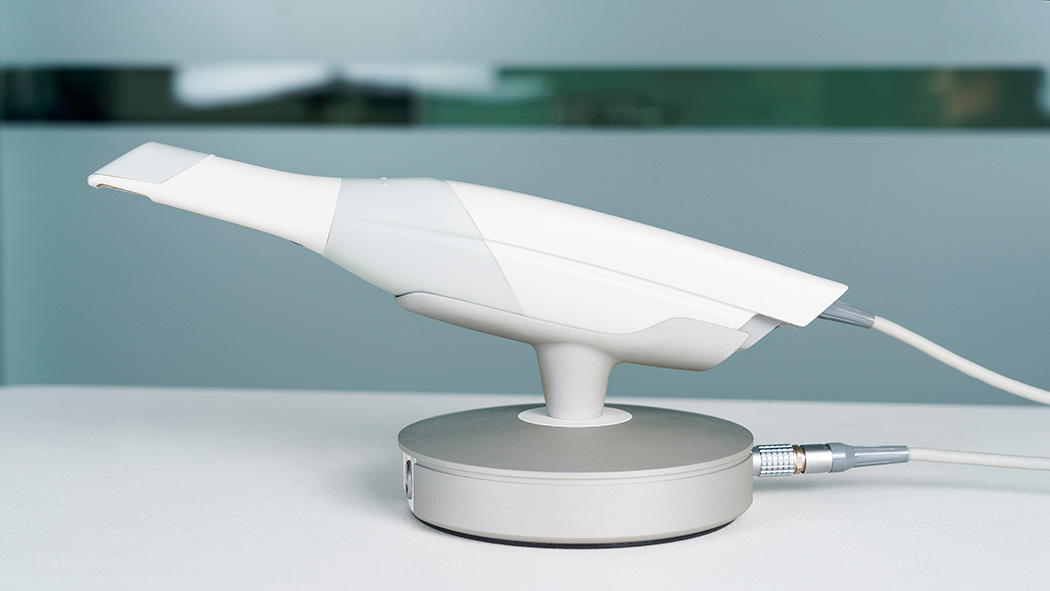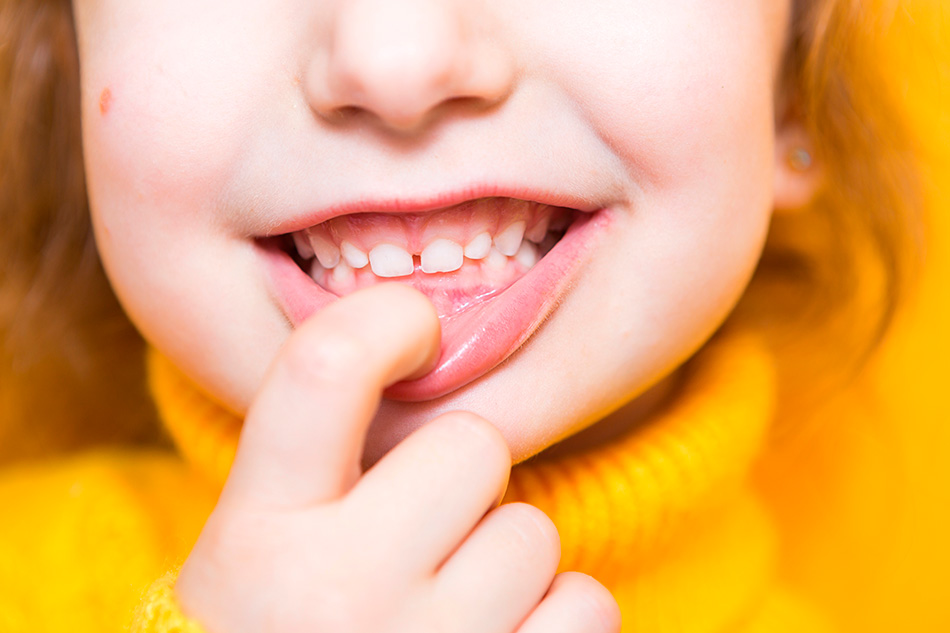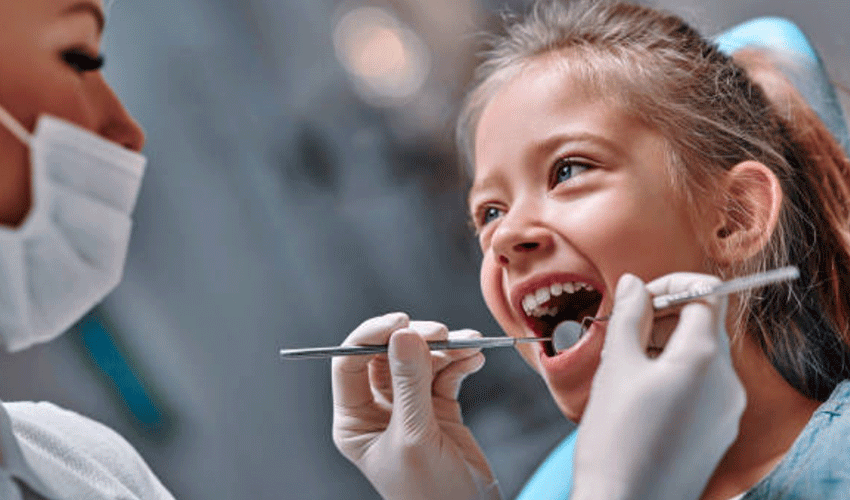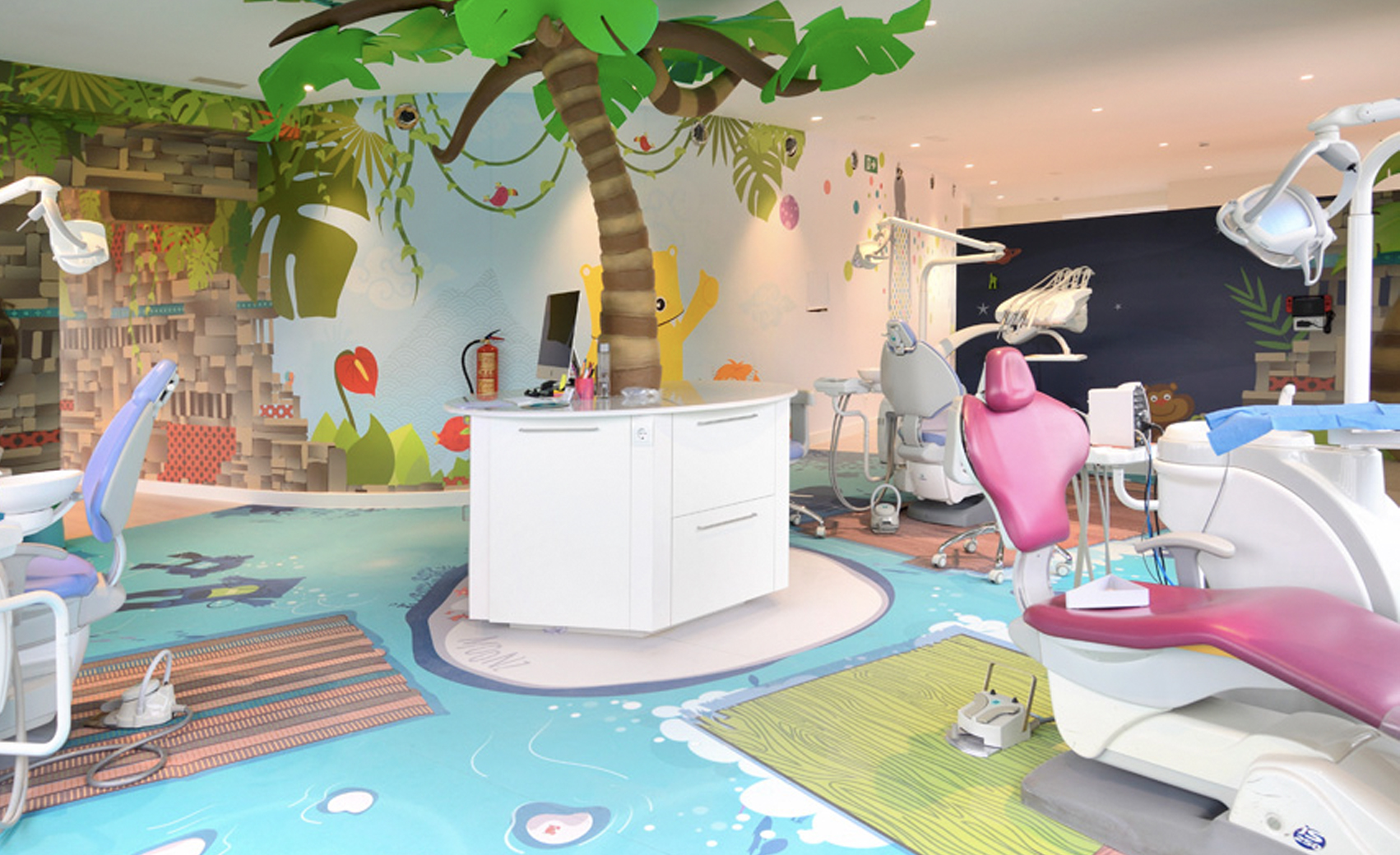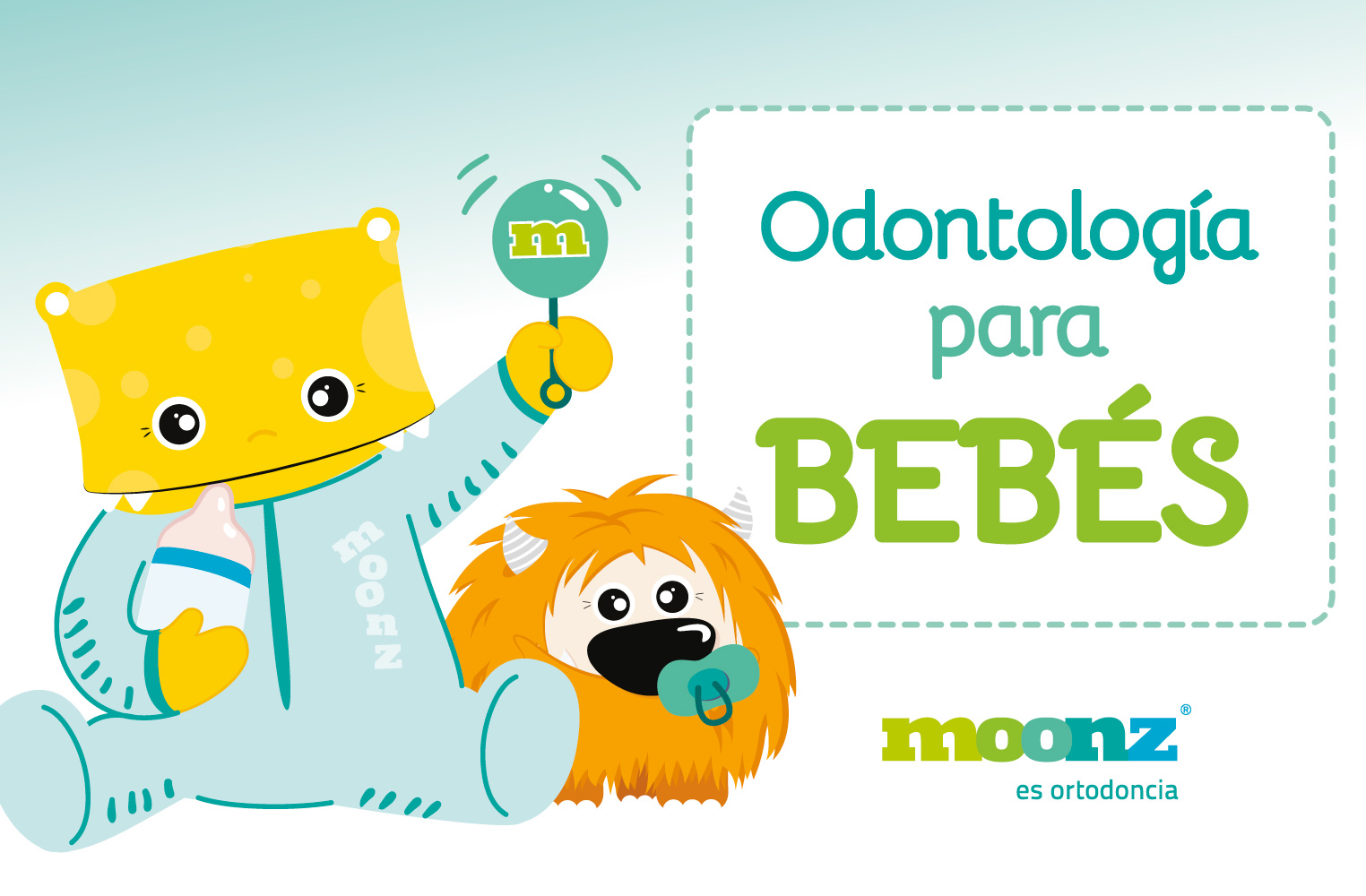Treatments > Orthodontics in two phases
Orthodontics in two phases
Did you know that the orthodontic problems our children face can be prevented and/or reduced?
Accomplishing this is very easy: take your child to the orthodontist when they reach age six. That is, when the jaw bones (upper and lower jaw) are still developing.

Orthodontic Professionals
At Moonz Dental Clinics we are qualified in orthodontic treatment for young children and teenagers. We treat dental malocclusions during their early stages (as the first baby teeth emerge) until reaching puberty (when the permanent teeth emerge).
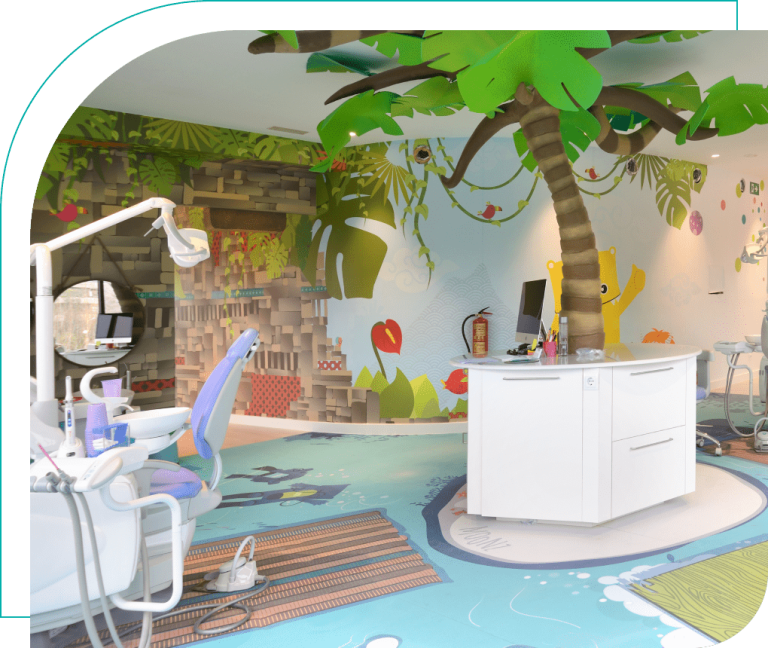
Orthodontic treatment in two phases
To achieve a healthy, functional and aesthetic result in the long term, orthodontic treatments must be approached in two phases.
During the first phase (between the ages of six and nine) we guide and correct jaw bone growth. To accomplish this, we use different interceptive appliances (palate expanders, face masks…).
The second phase takes place between the ages of 11 and 12. At this age, the bones have already developed, so this is the time to correct the position of the teeth. For this, different orthodontic treatments are used, either with clear aligners or braces.

What is the process of a two-phase orthodontic treatment?
Before beginning the first as well as the second phase, our professionals will conduct a full orthodontic evaluation. To accomplish this, our professionals take detailed records, administer a series of diagnostic tests and determine the most suitable appliance for your child.
The first phase is administered on children between the ages of six and nine. At this age, children’s jaw bones are still developing and therefore, their bones are highly malleable. This makes it possible to guide and correct the growth of the jaw bones through interceptive orthodontics.
The main goals of the first phase are:
- Maintain and/or create space for the permanent teeth to emerge properly.
- Achieve a good fit between the jaw bones. In other words, ensure their position and size are appropriate.
- Correct harmful habits that cause dental malocclusions (excessive use of the pacifier, prolonged thumb sucking, improper positioning of the tongue…).
- Prevent the need to undergo complex treatments during adolescence or as an adult: teeth extractions to correct severe crowding, orthognathic surgery to correct a jaw bone that is not the right size or is not positioned properly…
Once the first phase is completed, there is a two-to-three-year rest period. During this time, the child must continue following-up with the orthodontist to monitor when the rest of the child’s permanent teeth emerge.
During this rest period, the orthodontist may decide to fit the child with appliances such as night retainers or space maintainers.
Night retainers are used to ensure the changes experienced by the jaw bones during the first phase are maintained.
Space maintainers are used to maintain the space between baby teeth that have fallen early. This way, we ensure permanent teeth can emerge without any other tooth occupying its space.
The second phase is designed for children between the ages of 11 and 12. This phase begins once the jaw bones are fully developed. Therefore, the orthodontic treatment will now concentrate on correcting the position of the teeth instead of bone growth.
The main goals of the second phase are:
- Finish correcting problems related with teeth alignment and the bite.
- Make sure the teeth are in harmony with the rest of elements comprising the facial appearance: the face, lips, gums, etc.
What is the process of a two-phase orthodontic treatment?
Before beginning the first as well as the second phase, our professionals will conduct a full orthodontic evaluation. To accomplish this, our professionals take detailed records, administer a series of diagnostic tests and determine the most suitable appliance for your child.
The main goals of the first phase are:
- Maintain and/or create space for the permanent teeth to emerge properly.
- Achieve a good fit between the jaw bones. In other words, ensure their position and size are appropriate.
- Correct harmful habits that cause dental malocclusions (excessive use of the pacifier, prolonged thumb sucking, improper positioning of the tongue…).
During this rest period, the orthodontist may decide to fit the child with appliances such as night retainers or space maintainers.
Night retainers are used to ensure the changes experienced by the jaw bones during the first phase are maintained.
Space maintainers are used to maintain the space between baby teeth that have fallen early. This way, we ensure permanent teeth can emerge without any other tooth occupying its space.
The main goals of the second phase are:
- Finish correcting problems related with teeth alignment and the bite.
- Make sure the teeth are in harmony with the rest of elements comprising the facial appearance: the face, lips, gums, etc.


Do you want to learn about Moonz?
Professionals dedicated to orthodontics for over 12 years.

Advantages of two-phase orthodontics
Allows conducting a detailed follow-up of the dental evolution of children and teens. This way, problems can be prevented or treated early.
Helps correct oral habits that, even though they may seem harmless, contribute to producing malformations of the teeth and bones (thumb sucking, improper positioning of the tongue, etc.).
Prevent having to undergo treatments as an adult that are more complex, slower and expensive.
Achieves results in children that a stable, functional and aesthetic and last forever, as long as they follow the indications provided by the orthodontist (use of retainers, good dental hygiene, etc.).
Content supervised by our Moonz team

![]() Dra. Carolina Galán
Dra. Carolina Galán
Doctor Carolina Galán has a Degree in Dentistry from Universidad Complutense de Madrid and is qualified orthodontist and Dentofacial Orthopaedics by Universidad Católica de Murcia. She is certified in the main clear orthodontic systems such as Invisalign and Spark, and is a member of the Spanish Orthodontic Society (SEDO).



